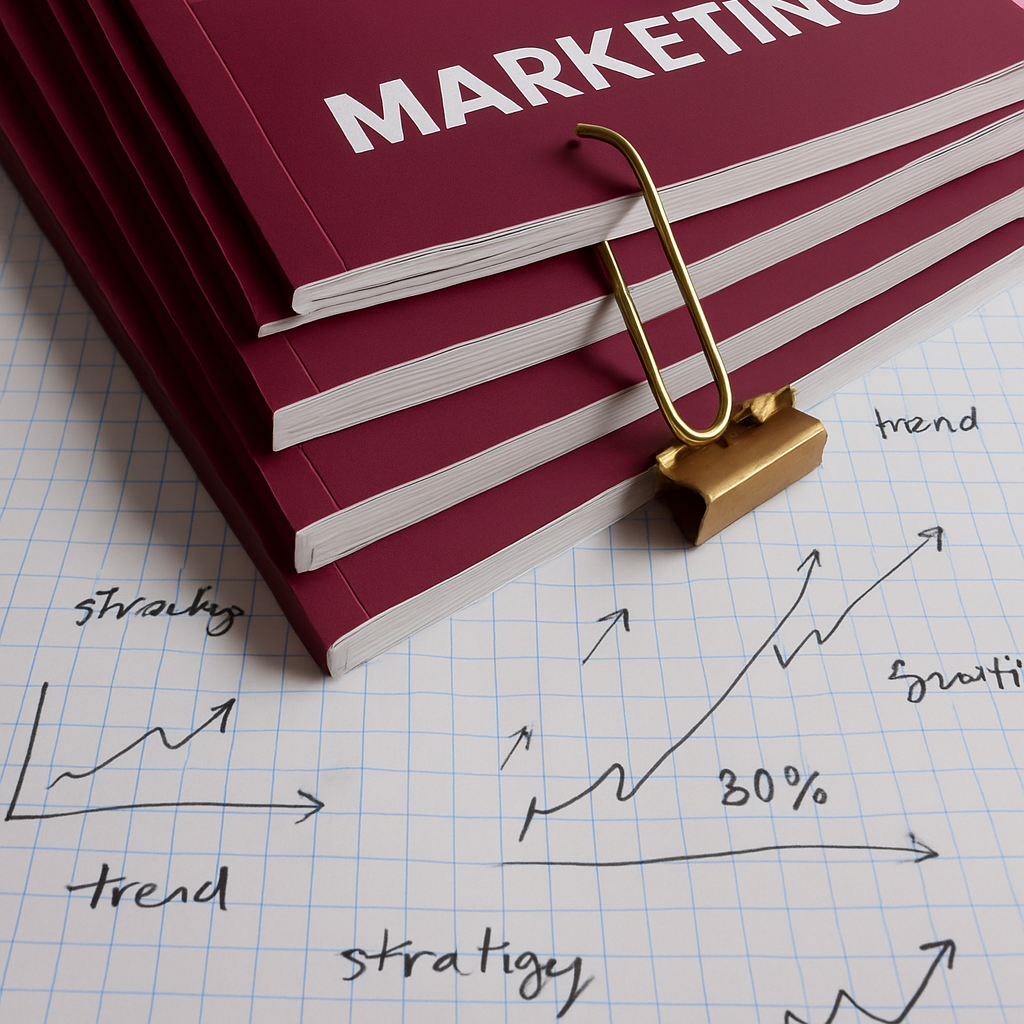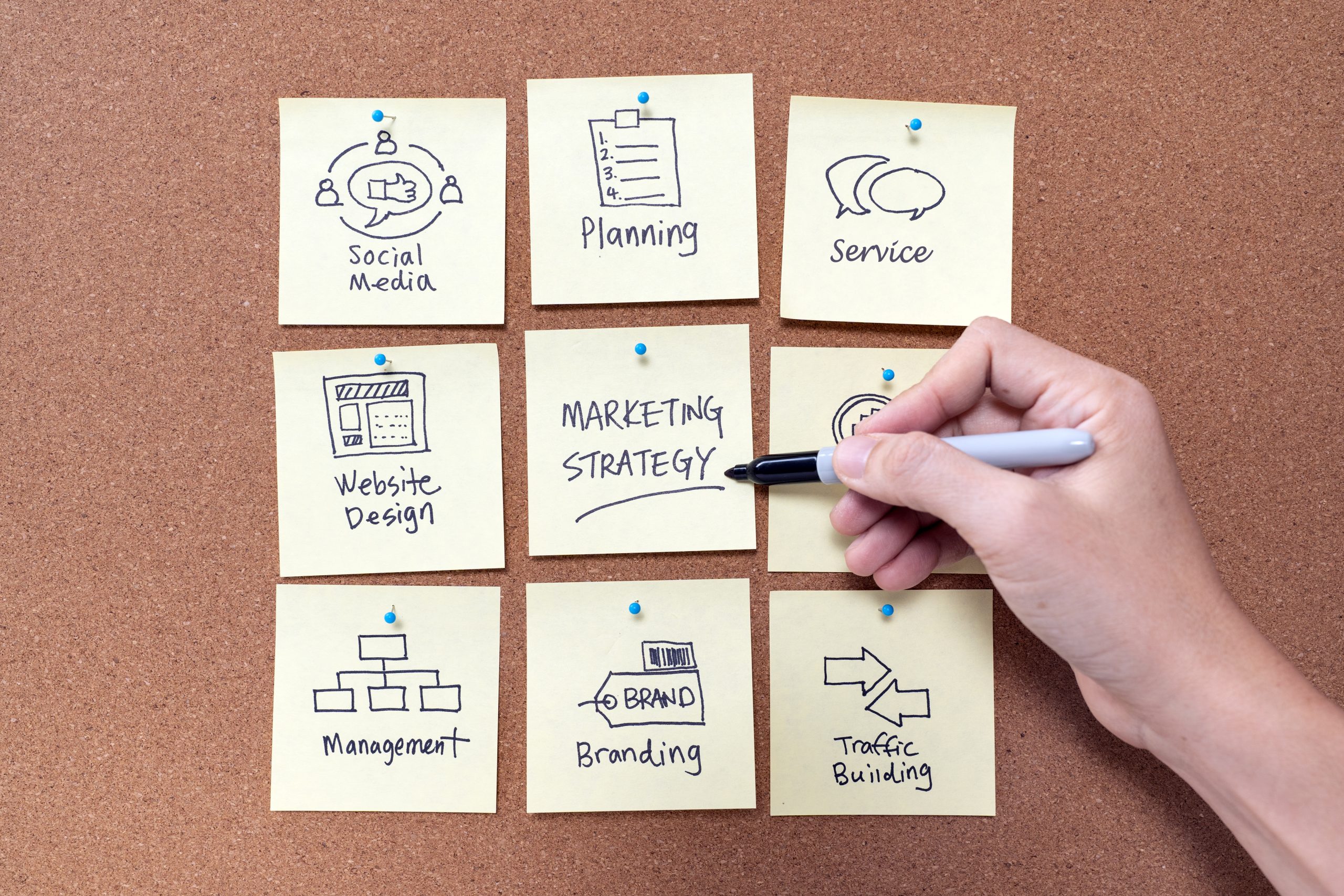What happens when people meet your brand before they meet you—and they walk away unimpressed? It’s easy to overlook the early signs of a branding breakdown. But if you’re missing sales, losing customers to better-looking competitors, or hearing “I’m not quite sure what you do,” then your brand isn’t doing its job.
Branding isn’t just about colors and logos. It’s how your audience perceives your value, trusts your message, and remembers your name. When that perception becomes outdated, off-target, or inconsistent, it starts costing you real opportunities.
Let’s walk through five signs that your current branding is no longer working—and why updating it might be the smartest move you can make right now.
Your Brand No Longer Matches Your Business Direction
Businesses evolve. Your services expand, your priorities shift, and your audience expectations change. But when your brand stays frozen in the past, it sends mixed signals.
Take a tech consultancy that once focused on startups but now serves mid-sized enterprise clients. If its branding still leans into scrappy, casual vibes, potential clients may question whether it’s ready for larger-scale projects. Or a bakery that’s grown into a wholesale operation but still looks like a cozy neighborhood shop—there’s a mismatch between perception and capability.
When that misalignment grows, you may notice:
Prospects misinterpreting your services.
Long explanations required just to clarify your value.
High-quality leads slipping away due to brand doubt.
A well-timed rebrand doesn’t mean reinventing your identity—it means realigning it with your growth. It’s about sharpening your focus and projecting who you are today, not who you used to be.
Your Audience Has Changed—but Your Brand Hasn’t
Customer expectations never stay still. The people who once drove your business might not be the ones you serve now. If your messaging, visuals, and tone haven’t evolved alongside your audience, you’re talking to a crowd that’s already moved on.
Consider a wellness brand that started by catering to millennials with low-cost, minimalist products. Today, its biggest customers are Gen Z professionals seeking sustainability and ethical sourcing. But the brand’s tone and style haven’t changed. The result? A marketing mismatch that feels tone-deaf.
Branding should speak your audience’s language—not just literally, but visually and emotionally. That means understanding their motivations, pain points, and aspirations. If your message doesn’t reflect their reality, they’ll scroll past or, worse, click away.
Realignment requires research. Surveys, feedback loops, customer interviews—these all help reframe your branding around your real audience, not the one you think you have.
You’re Losing Ground to More Cohesive Competitors
You’re confident your service is better. But somehow, your competitors are capturing more attention—and market share. Often, it’s not because they’ve built something superior. It’s because their brand simply communicates better.
Look at industry leaders in any field. What sets them apart isn’t just what they do—it’s how clearly they express it. A polished, cohesive brand builds immediate trust. An outdated or scattered one raises doubts.
Here’s where this shows up:
Competitors’ websites are cleaner, faster, more modern.
Their content sounds unified and authoritative.
Their brand presence makes yours feel inconsistent or dated.
That impression matters. A Stanford study found that 75% of users judge a business’s credibility based on its website design alone. And credibility, once lost, is hard to recover.
A rebrand helps you reclaim your space by amplifying clarity, cohesion, and confidence across every brand touchpoint. You’re not trying to imitate others—you’re positioning yourself as the obvious choice.
Your Team Struggles to Explain What You Do
When internal teams struggle to articulate your value, your brand isn’t just fuzzy—it’s fractured. Ask your sales team, marketers, and leadership for a one-sentence description of what you offer. If their answers don’t match, that’s a branding red flag.
Confusion at the core leads to:
Inconsistent messaging across channels.
Misalignment in campaigns and outreach.
Lost productivity and lowered morale.
Branding isn’t just for customers—it’s a tool for internal clarity. A strong brand empowers your team to communicate with confidence and consistency.
For example, Slack’s brand guidelines are so clear and consistent that even third-party vendors can produce on-brand messaging and design. That level of internal alignment doesn’t happen by accident—it’s the result of intentional branding work.
A rebrand gives your team the tools they need: a shared vocabulary, mission, and narrative that guides everything from content creation to client pitches.
Your Visual Identity Feels Stale or Inconsistent
First impressions happen fast—and they often start with design. If your branding looks inconsistent across platforms, outdated next to competitors, or just plain unprofessional, it can damage your credibility.
Common issues include:
Logos that don’t scale well for digital use.
Colors that clash across platforms.
Fonts and visuals are used without clear guidelines.
Inconsistent branding doesn’t just confuse customers—it signals a lack of polish. People assume that if you’re careless with your brand, you might be careless elsewhere.
A rebrand creates structure: visual identity systems, clear guidelines, and a unified design language. This doesn’t require flashy aesthetics. In fact, minimalist branding often communicates clarity and authority more effectively than trend-driven visuals.
If your visual brand doesn’t support your goals, it’s time to rethink how you show up.
















